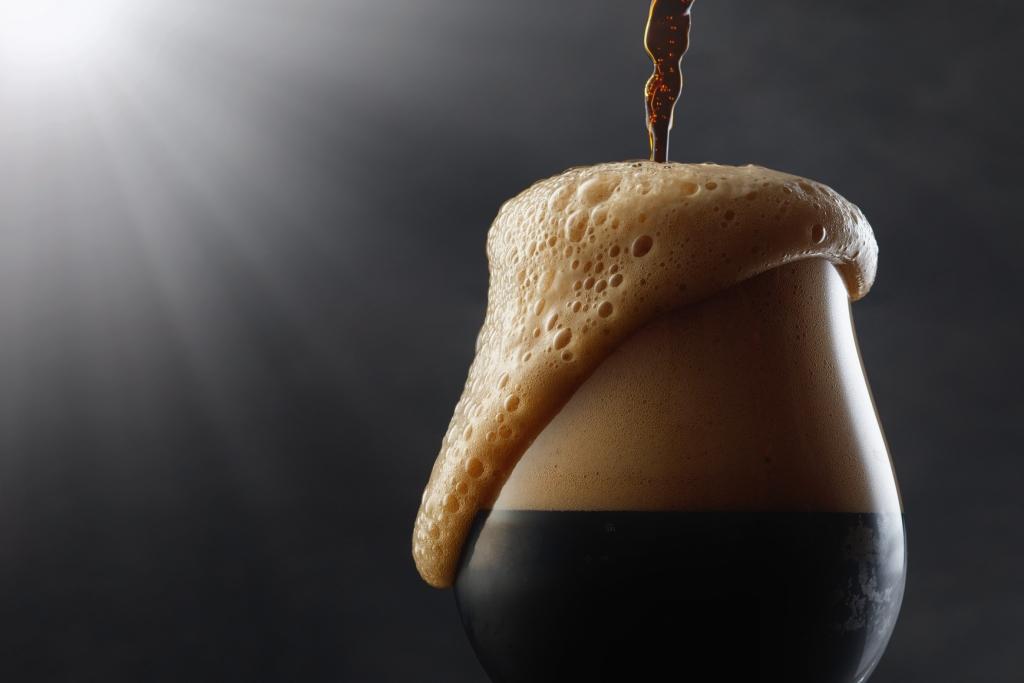
[ad_1]
This week I check out fermentation concerns when brewing a really excessive gravity beer comparable to an Imperial Stout or Barley Wine. Final week in Half 1, I coated a number of strategies for reaching a really excessive beginning gravity.
Choosing Your Yeast
Now that you’ve got a excessive gravity wort, you should think about how you’re going to ferment it in a constant method to attain your goal ending gravity. One of many worst issues that may occur with a excessive gravity brew is a caught fermentation the place the ultimate gravity is simply too excessive and you find yourself with a sickly candy mess as an alternative of the properly balanced beer you have been capturing for.
Step one in that is yeast choice. You need to decide a yeast pressure that has each a excessive alcohol tolerance and good attenuation. All yeast strains have a restricted alcohol tolerance, and lots of beer yeast strains can solely deal with 8-10% alcohol. That is clearly an issue in case you are making a 12-15% stout or barley wine. So its time to truly do a little bit of analysis and pull up the yeast specs on the internet.
Ideally you need a yeast can deal with larger alcohol, one thing within the 15%-18% vary. Many of those yeasts are wine or champagne yeasts, and these yeasts are sometimes fairly appropriate for beer. Nonetheless, some Belgian yeasts in addition to some California ale yeasts can attain into the 13% vary.
Hand in hand with this you must have a look at the attenuation of the yeast pressure. Greater attenuation yeasts will ferment the next share of the accessible sugars and infrequently accomplish that extra cleanly with much less stress.
Pitching and Early Fermentation
Whenever you pitch yeast into a brand new atmosphere it takes a while to acclimatize and start to correctly regulate the membrane on the mobile wall. That is significantly true for dry yeast which has to each hydrate and regulate itself in a really brief time period.
At extraordinarily excessive gravities, one other concern is osmotic shock, which I detailed on this article. In very excessive gravity beers the sugar focus of the wort might be so excessive it might probably truly trigger the cell wall to fail earlier than the cell has time to regulate, leading to a excessive mortality price in your pitched yeast. The answer as outlined within the linked article is to take time to hydrate dry yeast and in addition slowly introduce wort to your yeast so it has time to regulate to the total gravity.
One other consideration is aeration. Due to the excessive gravity, the yeast wants as a lot oxygen throughout early fermentation as potential. I like to recommend aerating your wort utilizing pure oxygen or an oxygen wand earlier than pitching your yeast. As well as, for beers above 1.080 in beginning gravity it is rather widespread so as to add a second dose of oxygen about 12 hours into the fermentation. The double dose of oxygen aids in speedy yeast growth through the early development section.
Good temperature management can be vital, significantly throughout early fermentation. Due to the excessive gravity the fermentation can run sizzling and should you don’t management the temperature it may end up in larger manufacturing of fusel alcohols, esters and different off-flavors.
Fermentation and Growing older
Assuming your fermentation went properly, the subsequent consideration is getting older your beer as most excessive gravity types require intensive getting older. The very first thing you need to do is make certain your fermentation is actually full with a secure ultimate gravity that doesn’t change over a interval of a number of days. I additionally like to depart my beer within the main fermenter till many of the yeast has fallen out. You may assist this precipitation by chilly crashing your beer as soon as you’re sure fermentation exercise has ended.
As soon as the yeast has fallen out you will need to separate the yeast from the beer, as prolonged getting older over a interval of months can result in off flavors if left on the yeast cake. On a conical fermenter this is so simple as drawing the yeast from the underside of the vessel, however in case you are fermenting in a carboy or bucket you have to to switch the beer to a secondary fermenter or barrel in case you are barrel getting older.
HIgh gravity beers typically require intensive getting older. Ideally you need to keep away from any oxygen throughout getting older and keep a managed atmosphere for the beer. For barrels it’s a good suggestion to periodically high up the barrels with beer to switch the “angels share” that evaporates by the barrels.
It is extremely widespread to add spices or mix the completed beer. As a result of very excessive ending gravity, a uncooked Barley Wine or Imperial Stout can typically be too malty or candy. To attain correct stability you want tannins and acids from oak, wooden, spices and darkish malts.
Please subscribe for normal weekly supply, take a look at the podcast, and don’t hesitate to retweet, hyperlink, like or point out any of my articles on social media.
Associated Beer Brewing Articles from BeerSmith:
Do not make one other unhealthy batch of beer! Give BeerSmith a attempt – you will brew your greatest beer ever.
Obtain a free 21 day trial of BeerSmith now
[ad_2]
